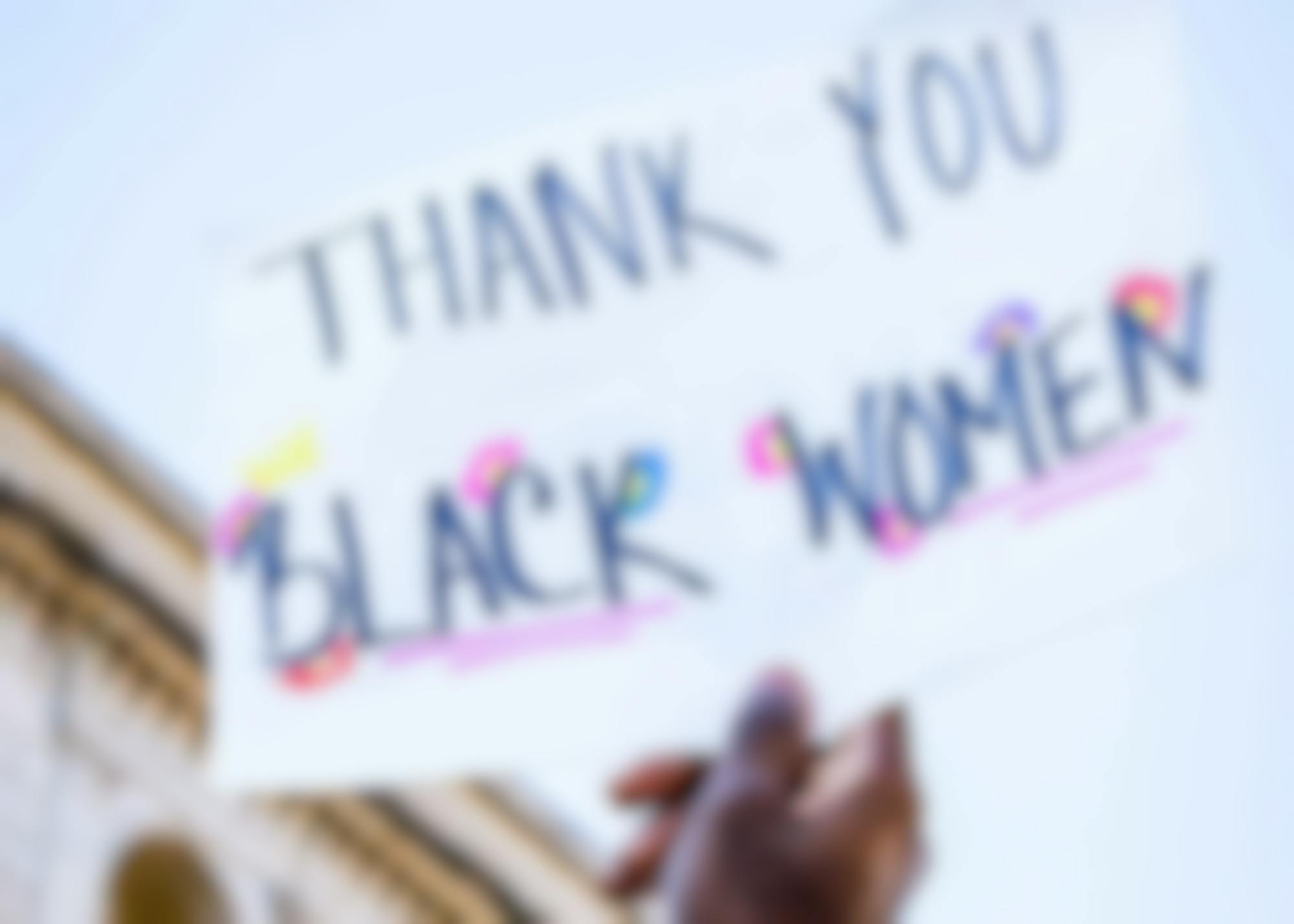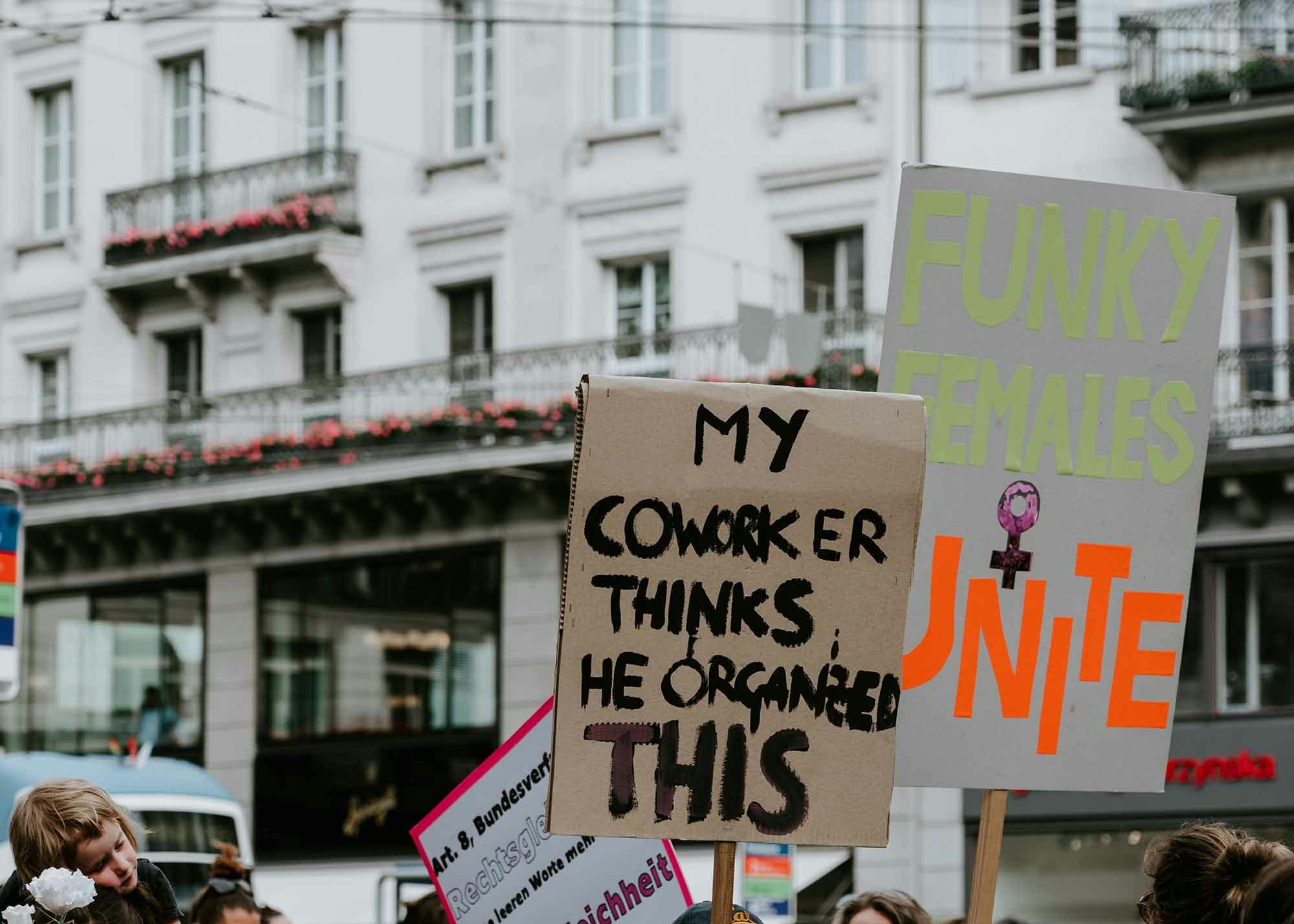
When we discuss Women’s Equality Day, we must acknowledge that this day refers only to white women. We must also recognize that women of all ethnicities are still, by no means equal.
Today, August 26, is Women’s Equality Day. Let’s get one thing straight, this day should be celebrated. After all, it marks the anniversary of the 19th Amendment and the day women in the United States were given the constitutional right to vote.
101 years ago, suffragettes and supporters of the women’s rights movement fought to be heard and respected as human beings. It’s incredible how simultaneously long ago yet not that long ago this feels. To girls born today, it might feel like ancient history, and yet something as innocuous as Lifesavers candy has been around longer than women legally voting.
To go from battling the right to vote to having a female Vice President in a century is nothing short of miraculous. However, when we discuss Women’s Equality Day, we must acknowledge that this day refers only to white women. We must also recognize that women of all ethnicities are still, by no means equal.
Considering gender inequality and all the complexities that surround this holiday doesn’t erase the importance of it. It simply means that we must be aware of these aspects and take inspiration from suffragettes and continue to fight for absolute equality.
Let’s take a closer look at the history of this holiday, how we can celebrate it in 2021, and what true equality looks like.
The History of Women’s Equality Day
Women's Equality Day is celebrated on August 26 in the United States to commemorate the 1920 adoption of the Nineteenth Amendment (Amendment XIX) to the United States Constitution, which prohibits the states and the federal government from denying the right to vote to citizens of the United States on the basis of sex.
To celebrate the 50th anniversary of the 19th Amendment (and to also protest the ongoing inequality) over 50,000 people marched down Fifth Avenue in New York City as part of the Women’s Strike for Equality March. The primary protests were demanding changes to education, employment, abortion access, and childcare, things women today are still fighting for.
In 1971, New York Representative Bella Abzug introduced a bill in Congress to designate a Women’s Equality Day and finally in 1973, a joint resolution was passed declaring August 26 as Women’s Equality Day, and has been celebrated ever since.

How Are Women Still Unequal?
To simplify things, let’s keep this conversation limited to the United States. Though even when speaking about gender inequality in one specific country, the conversation is never simple. There are incredible nuances to gender imbalance, from women having to shoulder the burden of childcare (which in turn impacts women’s access to education and career growth) to the silencing of sexual abuse (which impacts women’s mental health and a million other things). Let’s look at some of the more quantifiable gender inequalities.
Note: this is by no means a comprehensive list of gender inequalities (there aren’t enough hours in the day to write that list) but a snippet of how bad things are today.
Women Aren’t Paid The Same As Men
While the pay gap is thankfully shrinking, according to the Pew Research Center, women are still only receiving 85% of what their male counterparts make. Oh and anytime we say ‘women’ remember that’s followed by an asterisk which means white women. Black women earn $0.63 for every $1 earned by a white man and for Latina women it’s $0.55.
Women Pay More For Things Than Men
If women aren’t going to be paid equally, the least the world can do is charge us less for common items. Known as the “pink tax,” women’s items, think deodorant, razors, even “girls” toys, are 7-20% higher than the same men’s items. Let’s not even get into the fact that women have to pay for tampons and pads.

Women Aren’t In The Boardroom
Only 7% of Fortune 500 CEOs are women. That’s it, that’s the tweet.

Women’s Bodies Are Political
Many scholars have argued that women’s equality will never exist without safe and legal access to abortion. Beyond the laws that police women’s reproductive rights (which primarily impact Black and Latina women) women’s bodies are a constant source of political or legal theatre. Just think about the “what was she wearing” question anytime someone mentions rape or assault.
Women Are Still Expected To Be At Home
How can women ever make it to CEO status if the burden of childcare and housework is still put on their shoulders? Women take 10x the amount of temporary leave as men do in order to be with their newborns and are often saddled with leaving work or quitting in order to be the primary caretakers of their children.
Women Are More At Risk For Violence
Women are at a much higher risk for being trafficked, abused, and killed. On average, 4 women a day are killed by their partner. Similarly, 1 in 3 women will experience some form of domestic violence.

How To Celebrate Women’s Equality Day
Instead of just buying your female coworker a coffee (though yeah, you should still do this) here are some powerful ways to celebrate Women’s Equality Day:
- Start a mentorship program at your company for helping women at all levels learn new skills, get career coaching, etc
- Volunteer at a women’s shelter, food bank, or other community organization
- Listen to women! What a crazy concept, take the time to listen to their ideas, grievances, and be sure not to speak over them/cut them off in a meeting
- Donate to charitable causes (For example, Planned Parenthood or your local women’s shelter)
- Sign this change.org petition to make Women’s Equality Day a federal holiday
- Advocate for inclusivity. In an important meeting, ask why there’s only one women there
- Support a local woman-owned business
- Work in tech or another male-dominated field? Set up a mentorship program for girls in high school or middle school
Happy Women’s Equality Day
Today, let’s celebrate the victories of women, the progress, the achievements, and the spirit of fighting for what’s right. ThoughtLab supports equal rights for women and we are dedicated to improving things for all our female-identifying employees year round. We believe that every company, every work environment, should promote diversity, equality, and inclusion and ensure these are safe spaces for all.

